Change Is the Only Constant: The Wisdom of Calculus in a Madcap World
Original price was: $47,99.$16,99Current price is: $16,99.
- 100% Satisfaction Guaranteed!
- Immediate Digital Delivery
- Download Risk-Free
✔ Digital file type(s): 1𝐏𝐃𝐅
Part of: Math Illuminated: A Visual Guide to Calculus and Its Applications (4 book series)
The next book from Ben Orlin, the popular math blogger and author of the underground bestseller Math With Bad Drawings.Change Is The Only Constant is an engaging and eloquent exploration of the intersection between calculus and daily life, complete with Orlin’s sly humor and wonderfully bad drawings.
Change is the Only Constant is an engaging and eloquent exploration of the intersection between calculus and daily life, complete with Orlin’s sly humor and memorably bad drawings. By spinning 28 engaging mathematical tales, Orlin shows us that calculus is simply another language to express the very things we humans grapple with every day — love, risk, time, and most importantly, change. Divided into two parts, “Moments” and “Eternities,” and drawing on everyone from Sherlock Holmes to Mark Twain to David Foster Wallace, Change is the Only Constant unearths connections between calculus, art, literature, and a beloved dog named Elvis. This is not just math for math’s sake; it’s math for the sake of becoming a wiser and more thoughtful human.
13 reviews for Change Is the Only Constant: The Wisdom of Calculus in a Madcap World
You must be logged in to post a review.

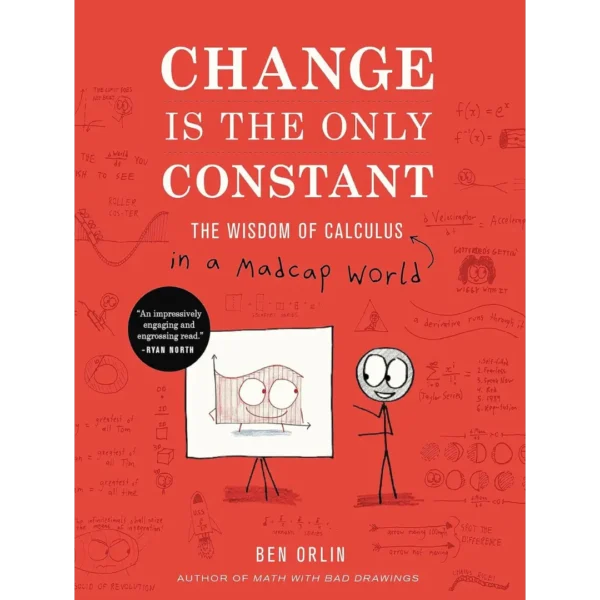
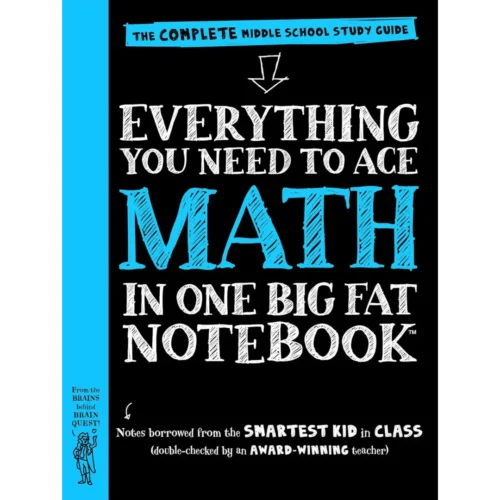
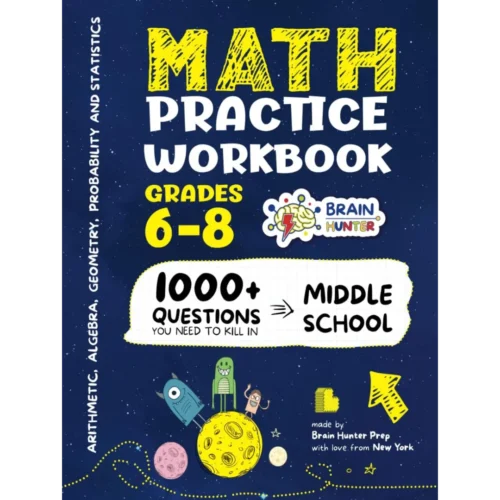

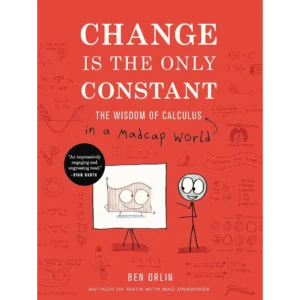

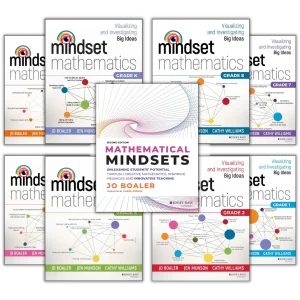
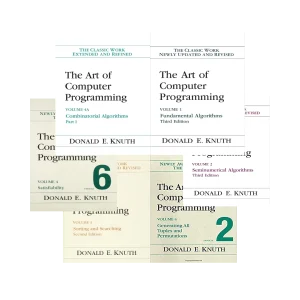
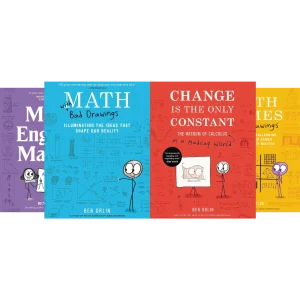
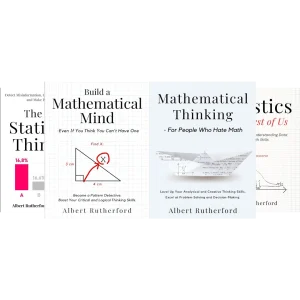
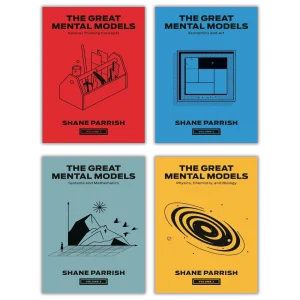


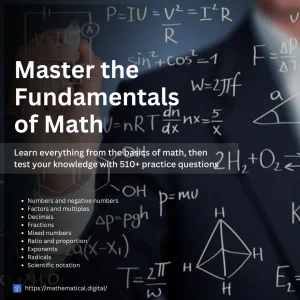





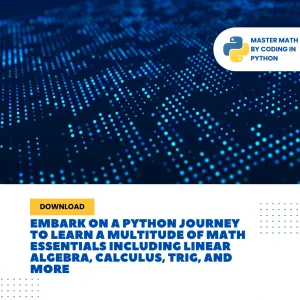

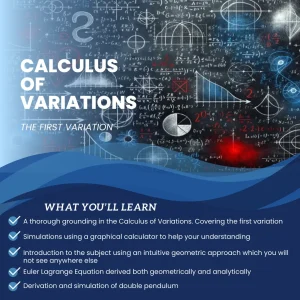
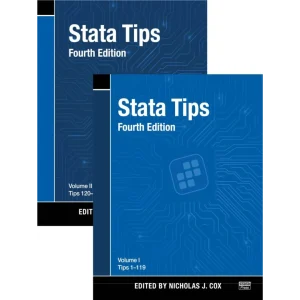
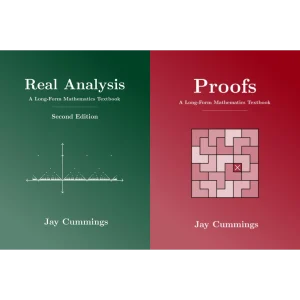
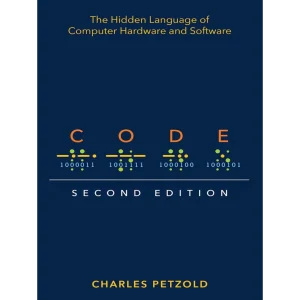
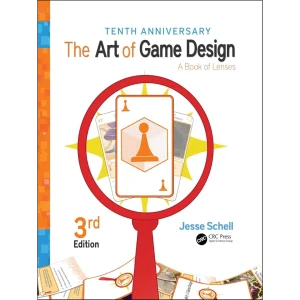
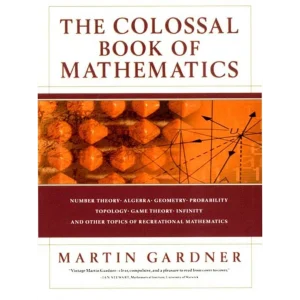
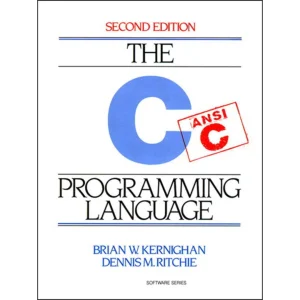
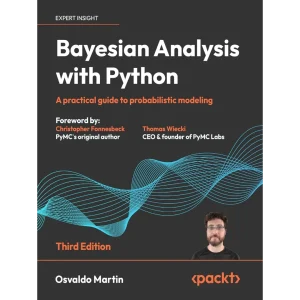
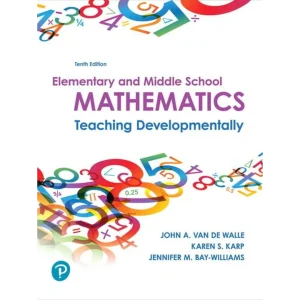
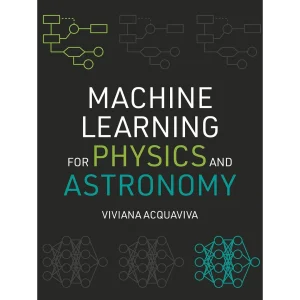
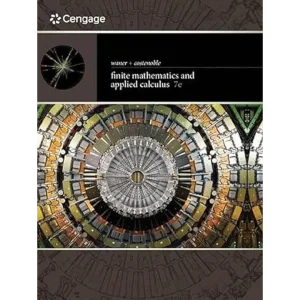
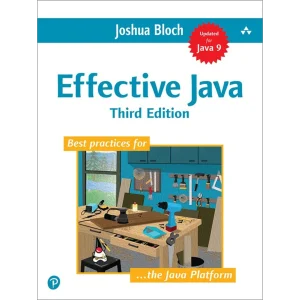
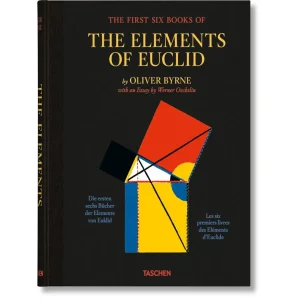
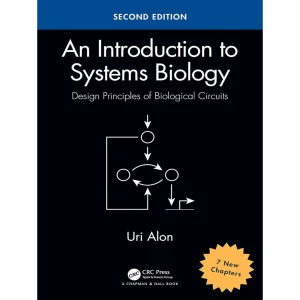
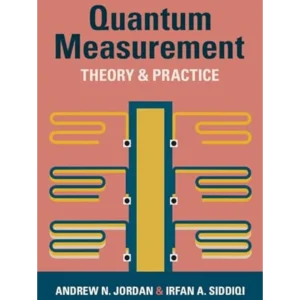
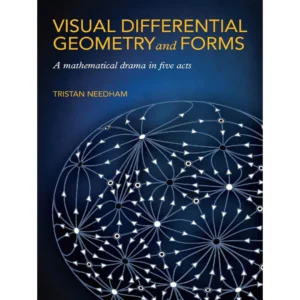
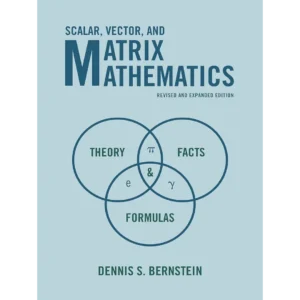
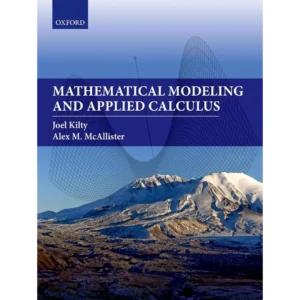
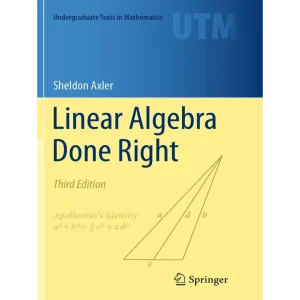
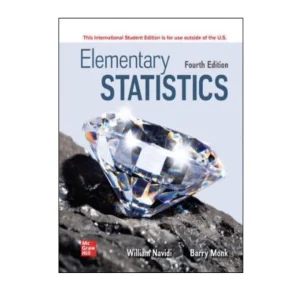
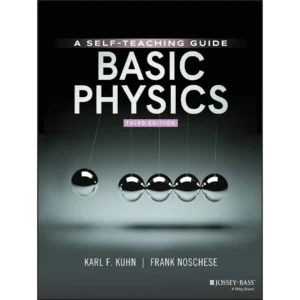
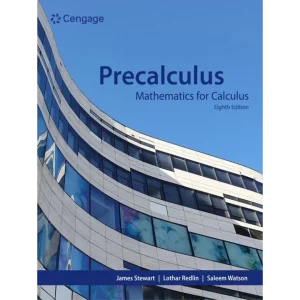
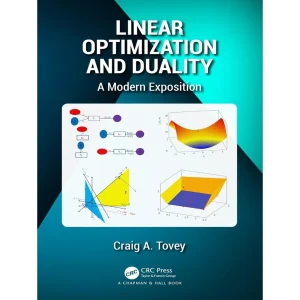
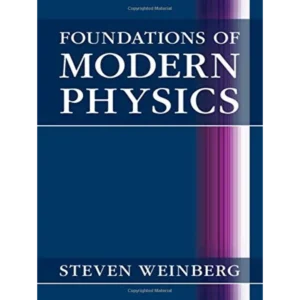
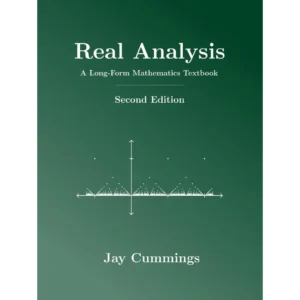
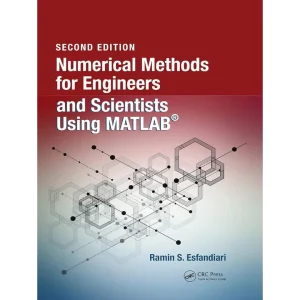
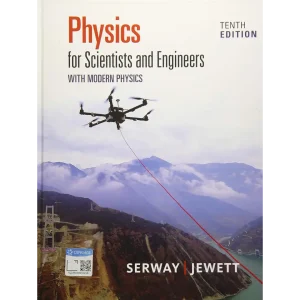
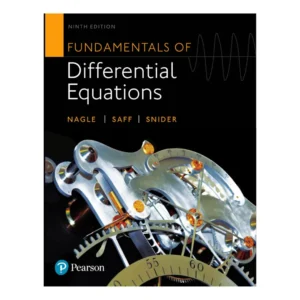
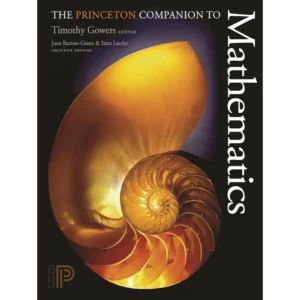
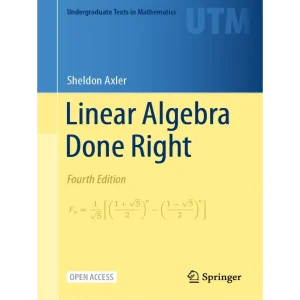
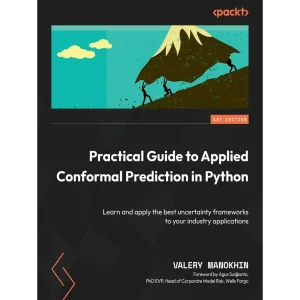
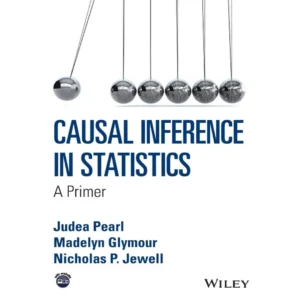
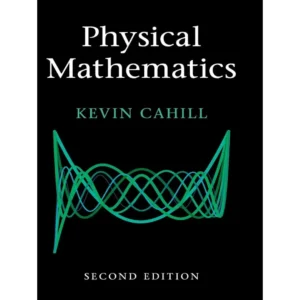
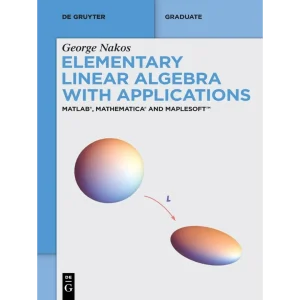
James Orlin –
If you liked “Math with Bad Drawings”, then you should buy this book. If you have taken calculus, this book will offer you a rich repertoire of stories, poems, cartoons, and witticisms that will delightfully enhance your understanding of calculus. If you have never taken calculus, this book will offer you a rich repertoire of stories, poems, cartoons and witticisms that will gently and delightfully offer you insights into calculus and how it helps us to understand the world in which we live. Ben Orlin is a wonderfully talented author. In addition, he is a wonderful son.
Robert S. –
Sure constantly the best book in the end!
C. Evans –
The author and book does a very good job of balancing the practical applications of derivatives and integrals with their inherent beauty. It’s not a book that someone can use as a textbook, although there is a helpful guide at the back to connect each chapter to what you might encounter in a traditional calculus curriculum. The book is probably best described as a good companion reference for students in the midst of taking calculus or maybe just afterward, the latter to have a broader perspective to be able to fully appreciate the material. It’s also a good reference for calculus instructors; I found myself wishing at several points that I had been exposed in my calculus classes to examples and insight similar to those conveyed in the book, particularly with respect to conceptualizing derivatives and the chain rule.
Jason Braganza –
Just buy the darned book to support him.
Dale E Alleshouse –
Change is the Only Constant is a thoroughly entertaining book. There aren’t many authors who could juxtapose humor, history, and mathematical theory into a coherent narrative; however, Ben Orlin does so artfully. While the book clearly states that it won’t “teach you calculus”(p. 17), it does provide the “whys” of calculus that are so often absent from traditional math pedagogy. Mr. Orlin showcases his masterful teaching skills by educating readers without their knowledge. Each analogy is deftly crafted to provide expert insight. The historical accounts and related stories also conspire to make the subject come alive. The final icing on the cake is the comical drawings. There isn’t anything about this book that I didn’t enjoy. In conclusion, I recommend this book to anyone who enjoys witty whimsy regardless of their predilection for calculus.
Tizzy –
Here’s the deal: I’m an engineer.
Here’s the other deal: I despise calculus and suck at it.
Here’s the reason: Colleges teach calculus in absurdly formal, mathematical ways, focusing on having students learn a bunch of formulas rather than on having them understand what any of it means anyway. On top of that, the reliance on the antiderivative as an integral method means students spend years trying to perfect this skill – even when as professionals most won’t use it at all, since we have calculators and software that use paradoxically more reliable numerical methods.
Here’s the detail about this book: It’s written in the same way college classes should be taught. It focuses on helping you understand what a derivative is (other than the calculus 101 definition of “the inclination of the tangent against the curve” that means absolutely nothing) and what an integral means. Then it gives you interesting, fun examples of it.
This book won’t really make you good at maths or formal calculus, since it teaches no formulas or mathematical methods. It will, however, allow you to understand just what it is you’re doing and why.
And if I had known what I was doing and why when I was a student, my career would’ve been much, much, much easier.
I can’t recommend this enough.
Evelynn Fedoroff –
This is page after page of fascinating ideas held together by numerous and clever illustrations. Knowledge or interest in calculus is not required.
JM –
I wish chapters from this book accompanied text book readings in various courses while I was in school. Pragmatism and humor make the complex digestible… and entertaining!
J Treen –
Just a great read. I even wrote to Mr Orlin for clarification on a point and got a detailed reply!
Stephanie Koerner –
A wonderful blend of humor, history and of course mathematics. This book provides the “why” that many students miss out on in typical math classes. It lends a sense of wonder, that working through formulas and algorithms cannot do easily on their own. It provides the fuel to start one’s journey into calculus.
Martin S Zohn –
This book provides a delightful and entertaining intuitive explanation of many very fundamental ideas in Calculus that textbooks usually deal with inadequately. It fills gaps that may have puzzled people who knew enough calculus to build a bridge or pass their final exam, but who were puzzled and wanted a slightly better explanation of the “why” or “how.” It takes you the “final step” or the critical connection that often was not presented in other Calculus Books. For example, why (really) does that mechanical formula for a derivative or an integral work and make sense intuitively? You may know how to compute it mechanically, and you may have a decent understanding of its derivation, proof and application; but this takes you the rest of the way, often to an ‘aha’ moment. Even the ubiquitous normal curve gets a brief explanation that fleshes out the ‘why’ and the ‘how’ of the seemingly obscure, complicated mathematical formula that generates it.
There is plenty of wise-cracking throughout the book — some of it very funny, some of it merely ‘ok’ or even a little distracting from the somewhat ‘world changing’ revelations and insights. But, this sets the tone of this narrative as being like a good humored explanation by your favorite uncle or aunt who is relaxing with a beverage on your porch on a humid summer afternoon, and answering your questions in an unhurried way — but a very insightful, deep, cogent and revealing way.
Edgar G. –
Very happy with this purchase. Can’t yet speak to the quality of the book’s content, but I can say the book seller is reputable.
Ruben Neves –
Arrived in good condition and in time, very happy with the book.